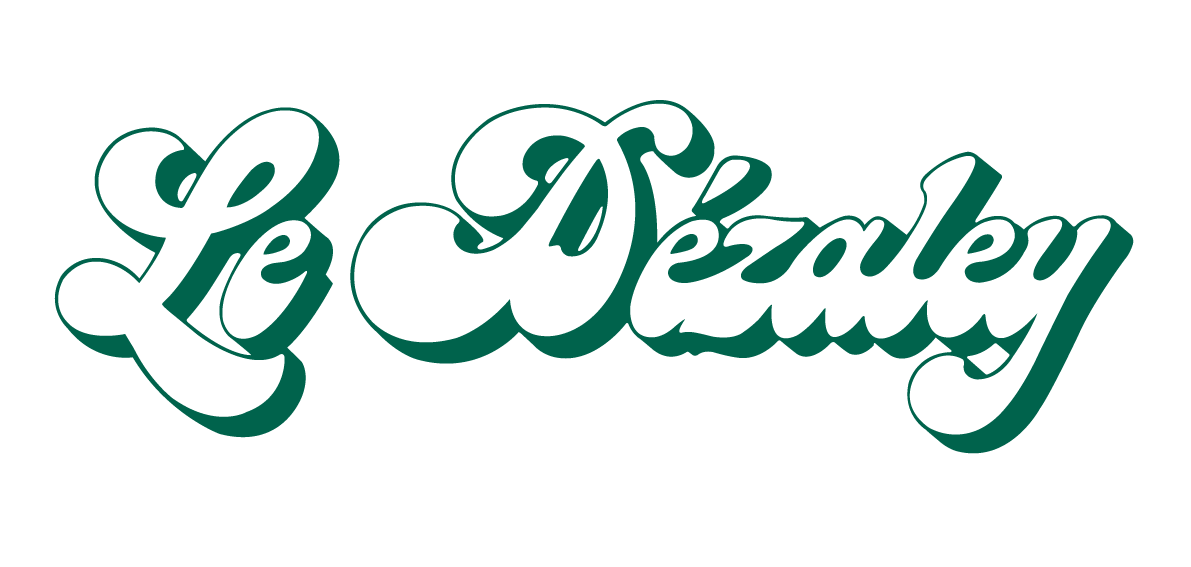
Garden
You can enjoy your food in our garden
At the foot of the Great Minster
The landmark of Zurich
Over 100 years of tradition
Experience a piece of history
Our premises
The right size for every occasion
Restaurant Vaudois
Vaud specialties
Tradition merges with bourgeois cuisine
In the old town of Zurich, between the "Niederdorf" and "Oberdorf" (both parts of the old town), at the foot of the iconic landmark of Zurich "the Grossmünster" lies for over 120 years a "Welsh island" called the restaurant "le Dézaley" the name of the famous wine-growing region in the heart from Lavaux.
We maintain a good traditional cuisine with specialities from the Vaud region, as well as international dishes, whereby the seasonal offer is always included.
Our traditional cheese fondue is world-famous and is made from mature "sur choix" cheeses from the region and is the reason why many guests from all over the world visit us every year.
Of course, our "Zürcher Geschnetzeltes" (sliced veal in the Zurich style) is very popular with many guests from the region and elsewhere and is accompanied with a crispy rösti (swiss fried potatoes).
120 years ago, the idea to make tasty the Chasseal wines, which were not so well-known and popular in German-speaking Switzerland at that time, arose! As pioneers, at the turn of the century, we opened the restaurant le Dézaley with the idea of offering the wonderful wines of La Côte, Lavaux, Chableis and Bonvillard to enjoy. It is not for nothing that in our restaurant, on the rustic walls, there are some wines that adhere to the motto: Le vin se boit au "Dézaley", pur le matin, a midisans eau, le soir comme le bon Dieu l'a fait! In other words: the wine in the Dézaley drinks in the morning, at noon without water, in the evening as God created it!
For decades, many famous wine houses from the Vaud region accompany us. In particular, the Frères Dubois, the Obrist, Hammel, Bovard, Fonjallaz, Badoux, Chevalley, the Association of Yvorne and Ollon just to name a few!
A good relationship with our regular suppliers is just as important to us as care for our employees. It is also part of a tradition that we proudly and gratefully acknowledge the deserving long-term collaborators by name - these are: with over 25 years Antonio Salgairedo, with over 20 years Fernando Matos, our chef Pascal Reber, Mrs. Olinda Lopez and 15 years of service Antonio Matos.
Finally, the locality at the foot of the Great Minster, which was first mentioned in the 13th century and once served as a Münzhaus and since 1892 as Jägerstübli and since 1902 as the restaurant le Dézaley at the Römergasse 7 & 9 8001 in Zurich as the Zurich Traditonshaus be viewed. Again and again, the facilities have been modernized and adapted to the needs without losing the charm, the character and the cozy atmosphere!
Restaurant Vaudois
Specialities from Vaud
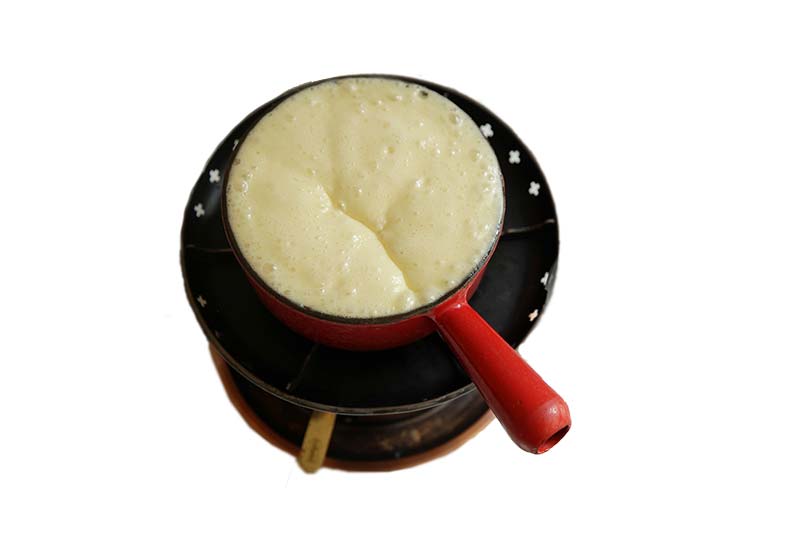
Cheese fondue
According to an old family recipe
CHF 31.90 p.P.

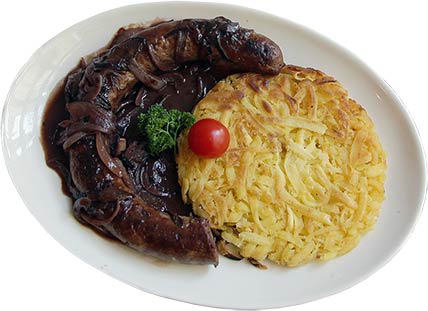
Fried sausage Vaudois
With Rösti and onion sauce
CHF 33.50

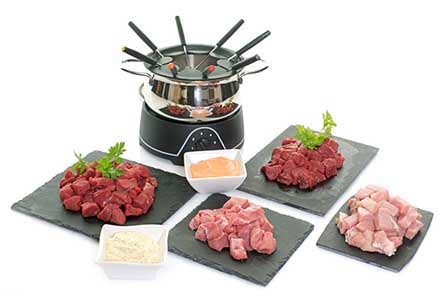
Burgundian beef fondue
with various sauces, French fries or rice
CHF 47.00

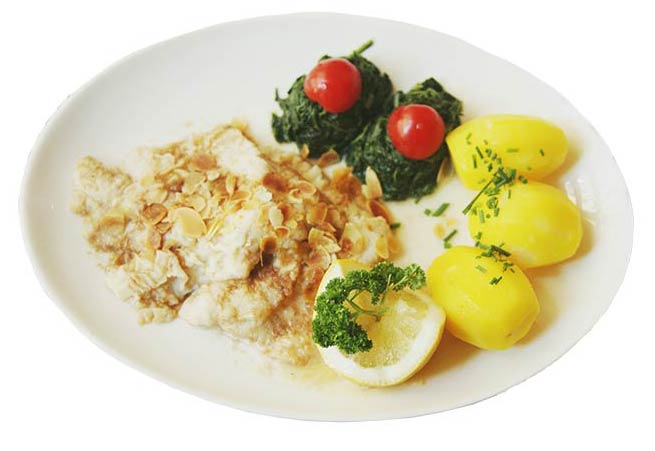
Deep fried perch in beer batter
accompanied by tartare sauce, spinach leaves and boiled potatoes
CHF 39.50
Look at the menu
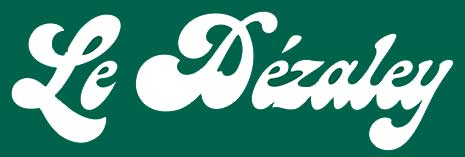
Opening hours

|
Mo - We |
11.30 - 14.00h |
|
Th - Sa |
11.30 - 14.00h |
Su |
Closed |
Reservation
Restaurant Le Dézaley
Römergasse 9
8001 Zürich
+41 44 251 61 29
restaurant@le-dezaley.ch
Opening hours

|
Mo - We |
11.30 - 14.00h |
|
Th - Sa |
11.30 - 14.00h |
Su |
Closed |
Reservation
Restaurant Le Dézaley
Römergasse 9
8001 Zürich
+41 44 251 61 29
restaurant@le-dezaley.ch
Our wines
Exquisite from the Vaud region
Dézaley
The area of Dézaley is without doubt one of the leading communes in the wine-growing region of Lavaux. Glaciers formed the steep slope of the Dézaley, leaving behind visible moraines between the conglomerate rocks. This has created a chalky clay soil, which lends the wine its characteristic richness. The climate gives the wine its distinguished quality and its character, which is reminiscent of almonds, honey and caramel, overlaid with a flowery, fruity aroma. The winegrowers in this area produce a rich variety of wines in a way that reflects their philosophy, method, selection and convictions. A diverse range of fine wines flourish in Dézaley, each of which has its own unique characteristics.
At the upper end of Lake Geneva, between Lausanne and Vevey, lies the wine-growing region of Lavaux, one of Switzerland’s UNESCO World Heritage sites. Its eight terroirs are made up of Lutry, Villette, Epesses, Dézaley, Calamin, St-Saphorin, Chardonne and Vevey. Villette, not far from the city of Lausanne, produces pleasant and fine wines; Epesses, with its strong and aromatic Dorins, borders on Dézaley. Dézaley, the steep conglomerate slope in the commune of Puidoux, is the undisputed king of all Vaud vineyards. Its wines are among the best in Switzerland and are often described as royal, grand and masterful. Dézaley starts at the top by the railway line, which runs from Bern through the famous tunnel of Chexbres and into the heart of the Vaud wine country. Dézaley then meets the terroirs of Calamin and St-Saphorin by the lake shore at the bottom. Due to the geographical position of its terroir, the "St-Saph" can also originate from Chexbres or Rivaz. In addition to the private wine growers and wine merchants, many venerable public bodies have shared ownership of Lavaux's vineyards since time immemorial. The city of Lausanne owns several of the best domains in Dézaley, and Freiburg owns "Les Faverges" in Saint-Saphorin. The parish of the Freiburg village of Attalens was once the owner of a vineyard in the terroir of Chardonne, known as "Cure d'Attalens". The vine region of Lavaux has long been an area of the white Chasselas, which in Vaud is known as Dorin. However, the area is also home to a growing number of red vineyards. The Gamay varieties, either on their own or combined with Pinot Noir into Salvagnin, can even be found in the Dézaley-Hänge heartland.
Lavaux
Chablais
The Vaud region's sun and warm-air trap of the Chablais stretches from Villeneuve up to the narrow rocky canyon of Lavey. On his song "Lied vom Schweizer Wein" (Swiss wine song), the Basel poet Emanuel Stickelberger describes Yvorne as "Bacchusnestlein Helvetiens" (Little Bacchus’ nest of Helvetia). On its alluvial and scree-based ground, a particularly strong and balanced white wine manages to blossom. Nimble lizards lurk on hot vineyard walls. Heat penetrates the grapes and radiates from the wine that they give birth to. The name "Chablais" stems from the Latin "caput lacûs" (head of the sea), signifying that the surface of Lake Geneva also makes its contribution towards the roundness of the Chablais wines. It does so with its calmness and its breadth, which it passes on to this aromatic wine. Aigle and Bex with Ollon and Lavey lie inside the Alpine region, and the ground at the edge of the Alps lends these wines their characteristic light flinty flavour, which is wonderfully apparent in the Yvorne wine. The locals call these white wines "coqs" – and they are just as fervid as cocks. For the past couple of years, however, Aigle and Bex have also surprised us with "Grands rouges" – red wines made from Pinot Noir with an exquisitely rounded bouquet – which do not have the slightly bitter flavour that is often noticeable with the Dorins. They also lack the nervosity of the chalky Chasselas of Bex; the temperament is curbed, refined and majestic.
The region of La Côte is divided into "Petite Côte" by Nyon, with 20 communes, "Bonne Côte" by Rolle, likewise with 20 communes, and "Côte de Morges", with 30 communes. This ancient wine region includes the edge of Lake Geneva from Nyon to Morges-Préverenges. The heart of this wine region – the area from Begnins to Féchy – offers us light whites, which, thanks to their modern vinification process, have a surprising quality and generally achieve weights of more than 80 to 90 degrees Oechsle. Four fifths of Côte's vineyards are planted with Chasselas, and the remaining fifth with red vines. The famous products of Féchy, Mont-sur-Rolle, Tartegnin, Luins, Vinzel – but also the Dorins of Morges and Rolle – are characterised by their supremely fine character, which makes them enjoyably sweet and pleasant. Some other varieties are slightly bitter, dry and masculine, while others have a flinty taste. The red wines, however, which originate primarily from the area of Nyon, are some of the most delicate red wine varieties in French-speaking Switzerland.
La Côte
Dézaley
The area of Dézaley is without doubt one of the leading communes in the wine-growing region of Lavaux. Glaciers formed the steep slope of the Dézaley, leaving behind visible moraines between the conglomerate rocks. This has created a chalky clay soil, which lends the wine its characteristic richness. The climate gives the wine its distinguished quality and its character, which is reminiscent of almonds, honey and caramel, overlaid with a flowery, fruity aroma. The winegrowers in this area produce a rich variety of wines in a way that reflects their philosophy, method, selection and convictions. A diverse range of fine wines flourish in Dézaley, each of which has its own unique characteristics.
Lavaux
At the upper end of Lake Geneva, between Lausanne and Vevey, lies the wine-growing region of Lavaux, one of Switzerland’s UNESCO World Heritage sites. Its eight terroirs are made up of Lutry, Villette, Epesses, Dézaley, Calamin, St-Saphorin, Chardonne and Vevey. Villette, not far from the city of Lausanne, produces pleasant and fine wines; Epesses, with its strong and aromatic Dorins, borders on Dézaley. Dézaley, the steep conglomerate slope in the commune of Puidoux, is the undisputed king of all Vaud vineyards. Its wines are among the best in Switzerland and are often described as royal, grand and masterful. Dézaley starts at the top by the railway line, which runs from Bern through the famous tunnel of Chexbres and into the heart of the Vaud wine country. Dézaley then meets the terroirs of Calamin and St-Saphorin by the lake shore at the bottom. Due to the geographical position of its terroir, the "St-Saph" can also originate from Chexbres or Rivaz. In addition to the private wine growers and wine merchants, many venerable public bodies have shared ownership of Lavaux's vineyards since time immemorial. The city of Lausanne owns several of the best domains in Dézaley, and Freiburg owns "Les Faverges" in Saint-Saphorin. The parish of the Freiburg village of Attalens was once the owner of a vineyard in the terroir of Chardonne, known as "Cure d'Attalens". The vine region of Lavaux has long been an area of the white Chasselas, which in Vaud is known as Dorin. However, the area is also home to a growing number of red vineyards. The Gamay varieties, either on their own or combined with Pinot Noir into Salvagnin, can even be found in the Dézaley-Hänge heartland.
Chablais
The Vaud region's sun and warm-air trap of the Chablais stretches from Villeneuve up to the narrow rocky canyon of Lavey. On his song "Lied vom Schweizer Wein" (Swiss wine song), the Basel poet Emanuel Stickelberger describes Yvorne as "Bacchusnestlein Helvetiens" (Little Bacchus’ nest of Helvetia). On its alluvial and scree-based ground, a particularly strong and balanced white wine manages to blossom. Nimble lizards lurk on hot vineyard walls. Heat penetrates the grapes and radiates from the wine that they give birth to. The name "Chablais" stems from the Latin "caput lacûs" (head of the sea), signifying that the surface of Lake Geneva also makes its contribution towards the roundness of the Chablais wines. It does so with its calmness and its breadth, which it passes on to this aromatic wine. Aigle and Bex with Ollon and Lavey lie inside the Alpine region, and the ground at the edge of the Alps lends these wines their characteristic light flinty flavour, which is wonderfully apparent in the Yvorne wine. The locals call these white wines "coqs" – and they are just as fervid as cocks. For the past couple of years, however, Aigle and Bex have also surprised us with "Grands rouges" – red wines made from Pinot Noir with an exquisitely rounded bouquet – which do not have the slightly bitter flavour that is often noticeable with the Dorins. They also lack the nervosity of the chalky Chasselas of Bex; the temperament is curbed, refined and majestic.
La Côte
The region of La Côte is divided into "Petite Côte" by Nyon, with 20 communes, "Bonne Côte" by Rolle, likewise with 20 communes, and "Côte de Morges", with 30 communes. This ancient wine region includes the edge of Lake Geneva from Nyon to Morges-Préverenges. The heart of this wine region – the area from Begnins to Féchy – offers us light whites, which, thanks to their modern vinification process, have a surprising quality and generally achieve weights of more than 80 to 90 degrees Oechsle. Four fifths of Côte's vineyards are planted with Chasselas, and the remaining fifth with red vines. The famous products of Féchy, Mont-sur-Rolle, Tartegnin, Luins, Vinzel – but also the Dorins of Morges and Rolle – are characterised by their supremely fine character, which makes them enjoyably sweet and pleasant. Some other varieties are slightly bitter, dry and masculine, while others have a flinty taste. The red wines, however, which originate primarily from the area of Nyon, are some of the most delicate red wine varieties in French-speaking Switzerland.
Wine list

Online reservation
Opening hours
Same day online reservations will be accepted until 4.30pm, please make your reservation only by phone after 4.30pm.
Monday - Thursday
11.30 - 14.00
18.00 - 24.00
Friday - Saturday
11.30 - 14.30
18.00 - 24.00
Sunday
Closed
Phone: +41 44 251 61 29
Email: restaurant@le-dezaley.ch
Contact
Römergasse 9
8001 Zürich
+41 44 251 61 29
restaurant@le-dezaley.ch
Opening hours
Monday - Saturday
11.30 - 14.00
18.00 - 24.00
Sunday
Closed
